Blog Posts Tagged Technical Content
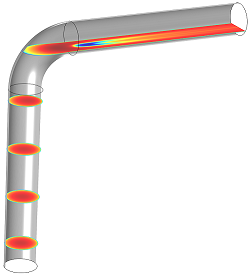
Using Slice Plots to Show Results on Cross-Sectional Surfaces
In this installment of our blog series on postprocessing your simulation results, we demonstrate slice plots, an easy way to visualize physics behavior on many different parts of your model.
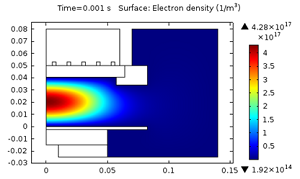
Ion Temperature in Inductively Coupled Plasmas (ICPs)
When modeling plasmas, your choice of ion temperature can affect your model results. We discuss the theoretical reasons behind this phenomenon using an inductively coupled plasma example.
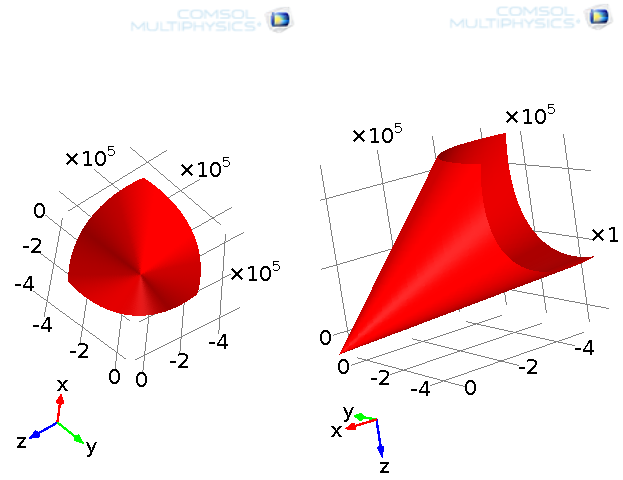
Yield Surfaces and Plastic Flow Rules in Geomechanics
Have you noticed that offshore structures are being constructed in deeper and deeper waters? See how geotechnical engineers are using numerical simulations to cope with this trend.

RFID Tag Read Range and Antenna Optimization
A guest blogger from Continuum Blue, a COMSOL Certified Consultant, shares a numerical modeling example for radio-frequency identification (RFID) applications.

Understanding Parallel Computing
Q: Do you use parallel computing to run your COMSOL Multiphysics® simulations? If so, you may enjoy this conceptual overview of computers and the algorithms used by the COMSOL® software.
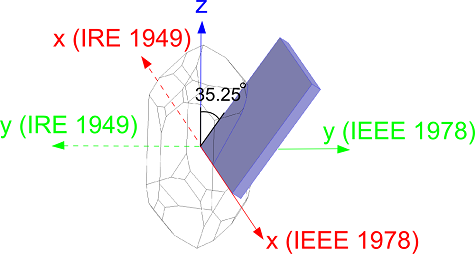
Piezoelectric Materials: Understanding the Standards
Get a comprehensive overview of the multiple standards used to describe piezoelectric materials in literature. The post particularly focuses on quartz but the standards can apply to any material.
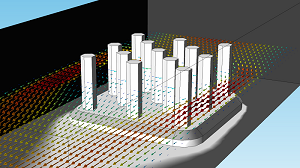
How to Get the Most out of Arrow Plots in COMSOL Multiphysics
What are arrow plots and why are they useful? We answer these questions and demonstrate how to use this feature in this installment of our postprocessing series.
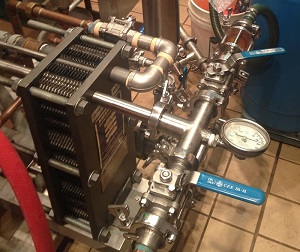
Improving the Beer Brewing Process with Simulation
Which side of home beer brewing are you more interested in: The culinary side, like the recipes and ingredients, or the engineering one, like the conjugate heat transfer and chemical reactions?
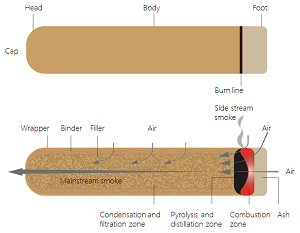
Sometimes a Cigar Is More Than Just a Cigar
Are you a casual stogie fan? A cigar aficionado? We show off a simple model of a cigar to study the temperature distribution of the smoke and concentration of oxygen.
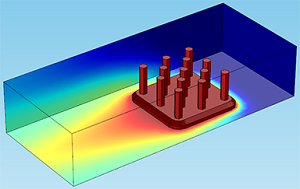
Surface, Volume, and Line Plots: Visualizing Results on a Heat Sink
3 of the most common plot types used in postprocessing: surface, volume, and line plots. Learn how to use these plot types for your simulation results and when to use each option.
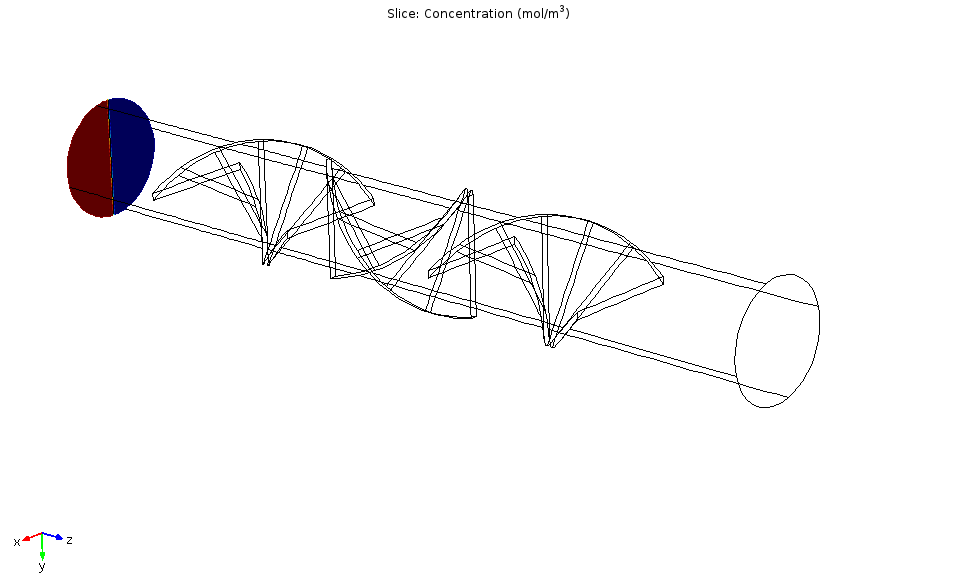
Combining Parallel Slices to Create an Animation
Want to animate how your 3D steady-state model’s solution is changing along a certain direction? You can do so by combining parallel slices. We demonstrate the 3-step process…
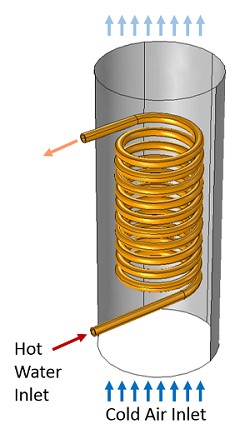
Modeling a Coil Heat Exchanger
Coil heat exchangers are simple and easy to manufacture — but what about modeling them? Adding expressions to compute the temperature drop between coil turns simplifies the modeling process.
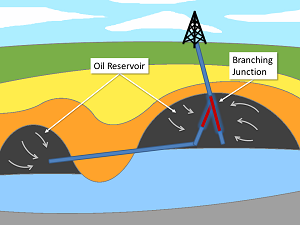
How to Obtain Oil Cost-Effectively with Multilateral Wells
1 example of how numerical simulation benefits the oil & gas industry: You can predict the stability of a multilateral well to determine if it will need expensive mechanical stabilization.

Phase Change: Cooling and Solidification of Metal
Phase change: A transformation of material from one state of matter to another due to a change in temperature. Learn how to model phase change in a continuous casting process.
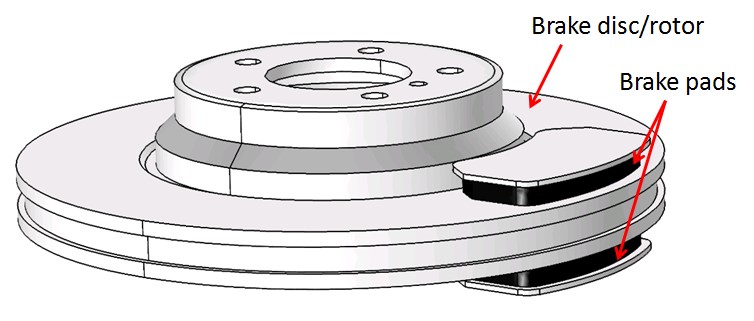
Simulating Wear in COMSOL Multiphysics
A guest blogger from Veryst Engineering, a COMSOL Certified Consultant, shares how he implemented a wear model in COMSOL Multiphysics® and validated it by simulating a pin-on-disc wear test.

Electron Energy Distribution Function
The electron energy distribution function (EEDF) strongly influences the results of a plasma model. But what are some ways we can numerically describe the EEDF in the COMSOL® software?
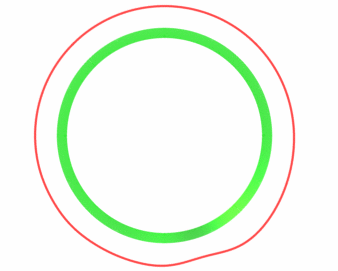
Understanding Traffic Congestion via Equation-Based Modeling
Boring, frustrating, extremely inconvenient: We’ve all experienced a traffic jam when trying to get from Point A to Point B. Researchers used equation-based modeling to study traffic congestion.
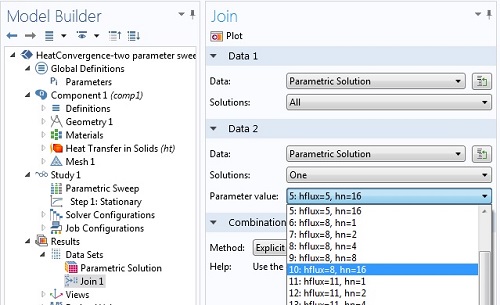
Solution Joining for Parametric, Eigenfrequency, and Time-Dependent Problems
In a follow-up to a previous blog post, we demonstrate how to use the Join feature in the context of 4 types of problems: parametric, eigenfrequency, frequency domain, and time dependent.

Exploiting Symmetry to Simplify Magnetic Field Modeling
Get an introduction to the types of symmetry boundary conditions that you can exploit in your EM models.
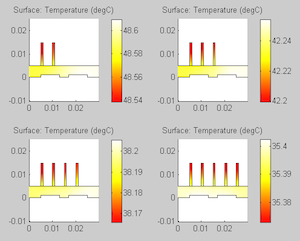
Automatically Handling Selections in COMSOL Multiphysics®
Part 3 of a blog series on how to handle selections and entity numbers with LiveLink™ for MATLAB® and the COMSOL® API. In this post, we show you how to handle selections and entity numbers.
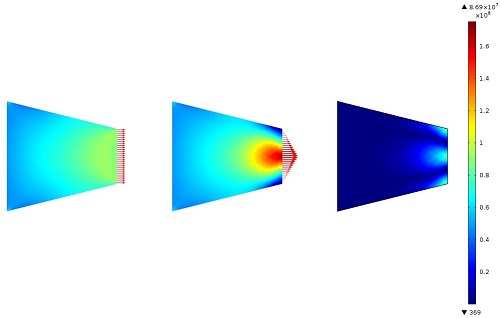
How to Join Solutions in COMSOL Multiphysics
In certain modeling scenarios, you will need access to more than one dataset. Read this blog post to see how to do so in COMSOL Multiphysics® by joining solutions.

Getting the Most out of Client-Server Mode
Learn how to use Client-Server mode when modeling in COMSOL Multiphysics® on a Floating Network License — and see why it is beneficial for you to do so.
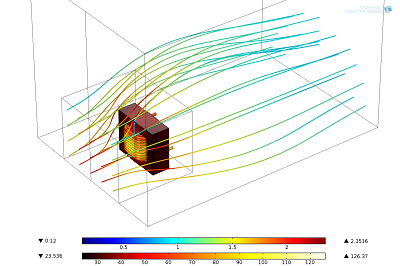
Modeling Convective Cooling of Electrical Devices
We developed a model that includes all of the important details of thermal management in a high-power electrical device. To do so, we needed to use high performance computing with hybrid modeling.
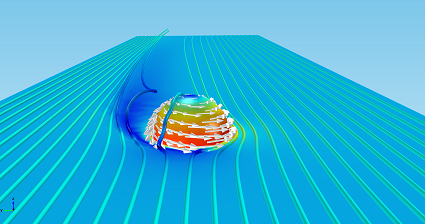
The Magnus Effect and the FIFA World Cup™ Match Ball
In celebration of the 2014 FIFA World Cup™, we show you some interesting CFD analyses of the FIFA World Cup™ match ball — and how it exhibits the Magnus effect when in play.
